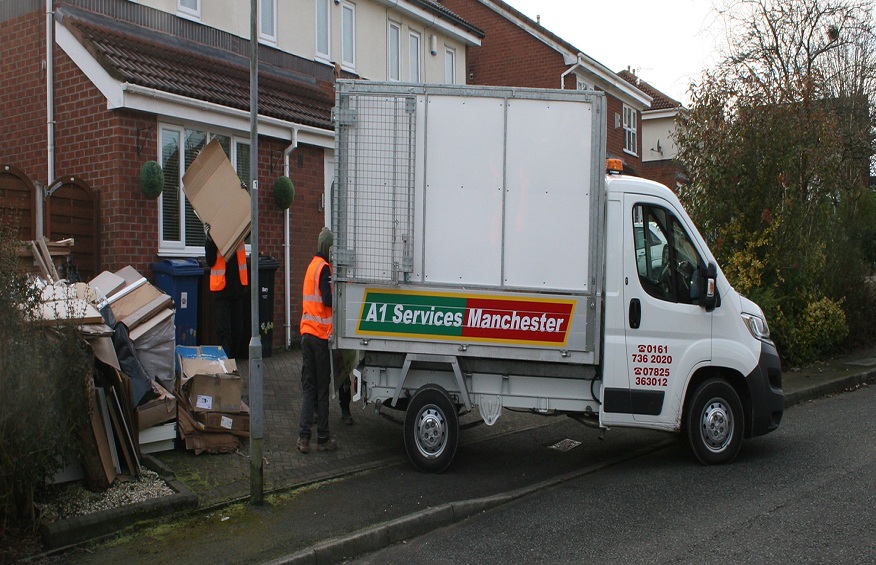Waste Clearance for DIYers: How to Manage Your Project Waste?
DIY projects can be a great way to spruce up your home, but they come with one major downside: waste. From leftover materials to packaging and debris, it’s easy for the amount of waste generated by DIY projects to quickly become overwhelming. Fortunately, there are ways you can manage this waste effectively so that it doesn’t become an issue.
How to Manage Your Project Waste?
Managing project waste can be a challenge, but with some careful planning and organization, you can minimize the amount of waste and dispose of it in an environmentally friendly manner. Here are some tips on how to manage your project waste:
Plan ahead: Before you start your project, take the time to plan your waste management strategy. This should include identifying the types of waste you’ll generate, estimating the amount of waste, and considering how you’ll dispose of it.
Reduce waste: The best way to manage project waste is to reduce it in the first place. You can do this by using materials efficiently, avoiding excess packaging, and reusing or recycling materials wherever possible.
Segregate waste: Once you’ve generated waste, make sure to segregate it into different categories such as recyclables, hazardous waste, and non-recyclables. This will make it easier to dispose of the waste in the right manner.
Dispose of waste responsibly: Always dispose of waste responsibly, following the guidelines set by your local municipality. This may include separating recyclables and non-recyclables, using designated waste disposal facilities, and avoiding dumping waste illegally.
Compost organic waste: If you have organic waste such as food scraps, yard trimmings, or wood shavings, consider composting it instead of throwing it away. This will help reduce the amount of waste you generate and can provide a valuable resource for your garden or landscaping.
Donate or sell reusable items: If you have materials that are still in good condition, consider donating or selling them instead of throwing them away. This will help reduce waste and can benefit someone else in need.
If neither option works out then hiring a professional rubbish clearance service might be the best solution for disposing large amounts of DIY project waste quickly and safely.
Finally, don’t forget about safety when dealing with DIY project waste – always wear protective gear such as gloves and goggles when handling sharp objects or hazardous materials like paint cans etc., even if they are being collected by professionals afterwards!

